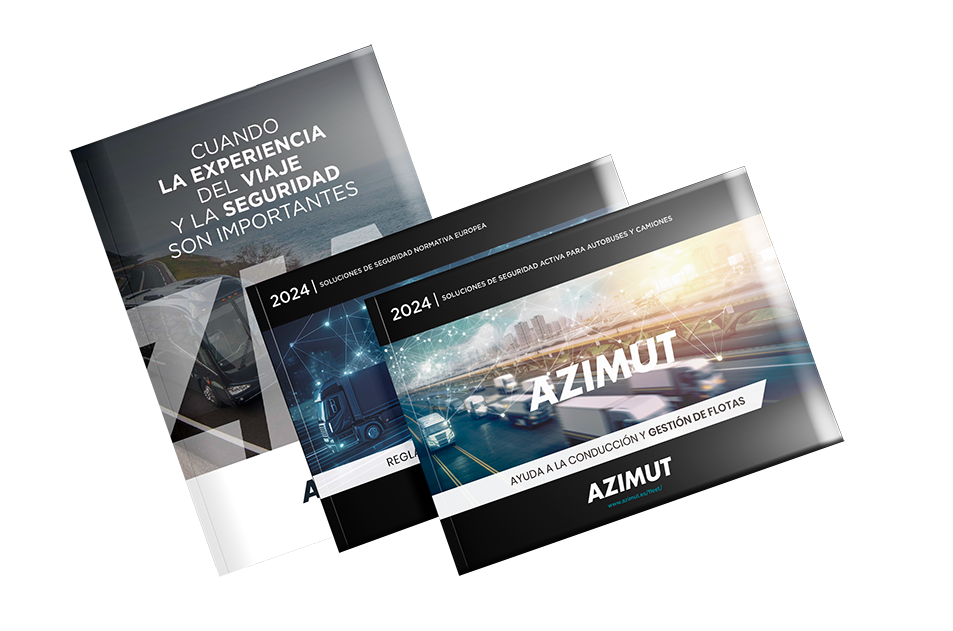What types of in-flight personal entertainment systems are there?
The personal entertainment systems on board coaches that exist on the market today are distinguished by three factors: what content is offered, we are talking about demand systems versus linear systems, the type of technology used for the transmission data (with Ethernet type cable, by radio frequency or wireless) and finally the size of the screens, generally 7 “and 9”.
In this post we will analyze in detail each of these factors that are decisive when choosing the best individual entertainment system on board.
Contents: demand systems and linear systems
The type of content that is offered is the centerpiece of an in-car entertainment system. With demand systems , the passenger chooses the content they want using a touch screen. The basic package usually includes movies, music, radio, e-books and games, the traveler decides when to access all these contents, he can stop, forward, rewind…
Other options that can be incorporated to enrich the entertainment on board are satellite TV (installation of antenna and corresponding tuner) and Internet (adding a router with sufficient bandwidth for simultaneous navigation of multiple users). If we decide to offer Internet service, it is very important that the screens are touch-sensitive (which allow “zooming” with two fingers), and we must also integrate a modern version of Android and be able to take supports the operation of graphical applications (Adobe Flash is the most widespread in current web pages).
Linear systems , on the other hand, offer a number of channels that the passenger can access with the +/- keys. Each channel we will have content: Film, TV channel (if we have an antenna + tuner), music and Radio. The reproduction of each channel is fixed, and the passenger cannot stop or modify the playback.
Type of technology for data transfer
The type of technology used for data transfer is a very important factor that transcends on a purely technical level , we distinguish several types: a Wifi system (that is, completely wireless), the cabling and the cabling technology by radio frequency.
– Wireless system – Wifi: the easiest to install, tablet type screen with large capacity for graphics and applications and requires only 24V. On the other hand less breakdown and have greater flexibility , for example if we have to move the seats or reconfigure the location of the seats we will only need to change the 24 V power supply. And if you uninstall the system for him give a 2nd life in another car, almost 100% and reusable because what we fail in the first car only the 24V cables.
– Wiring system. A more complete installation since each screen needs its own data cable, therefore there are more potential sources of error. On the other hand, it provides software management facilities, since all the power resides in the server which transmits the data by cable, it is enough to change the server software to reconfigure the whole system, while in a system wirelessly we would have to reconfigure each screen.
– Radio frequency cabling technology is reserved exclusively for systems with linear access. This is not digital transmission, but analogue (“video+audio”). The cable that runs throughout the coach is coaxial (like the television in the house). To summarize we can say that it is like the distribution of video in a building, where each apartment in this case would be a seat.
Choose screen size: 7″ or 9″
The most common sizes are 7″ and 9″, and it is not by chance. Regular coach seats allow the installation of 7″ screens on the backrest (but not all!), while 9” screens need more space on the seats. The distance between the passenger's eyes and the screen is ideal for 7″ and 9″ screens. For installations with a short distance between the seats, to prevent the proximity of the screen when tilting the seat in front, it would be advisable to install 7 “screens.
Some manufacturers present 10” screens for the Asian and South American market due to the use of large seats on which it is possible to install them and the backrest of the preceding seat is at a good distance. They would have no use in Europe, except in the case of special vehicles.
After considering each of these three factors, we can raise another question: how to make the right choice ? Apart from the technical issues that we have mentioned in this article, we must also take into account at the economic level, here is one last thing to consider: if we assume that the most expensive system (Ethernet cable) costs 100€, a wireless system would cost 75-80€ and RF cabling cost 60-65€. With all this you will have clearer ideas!

